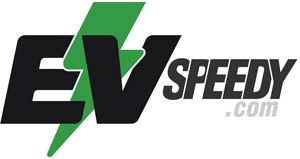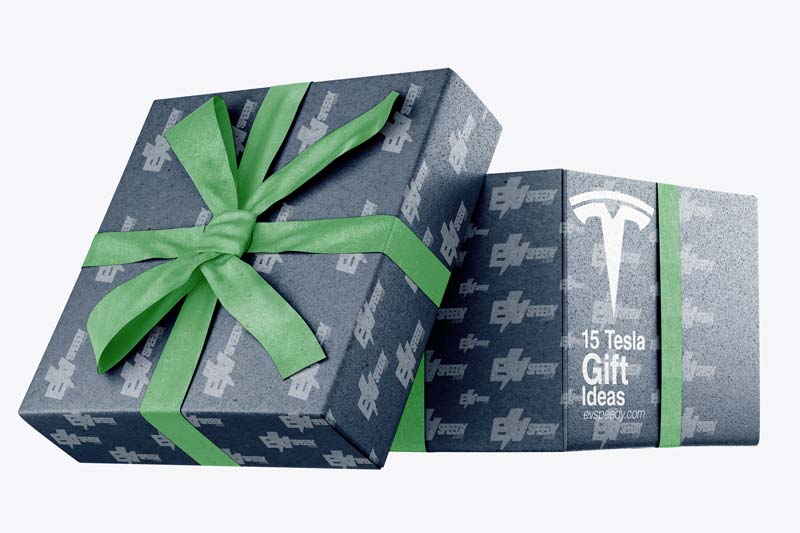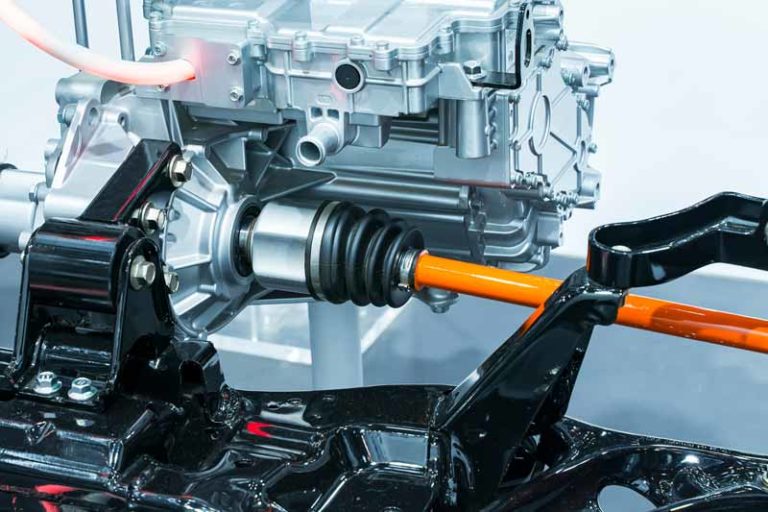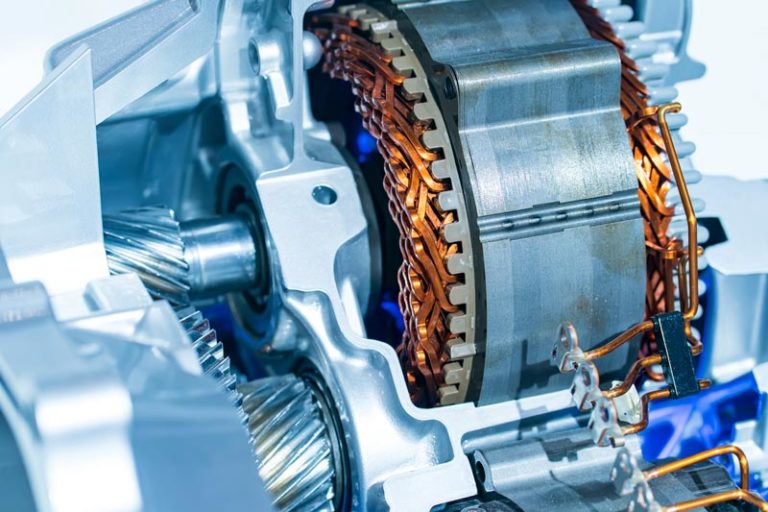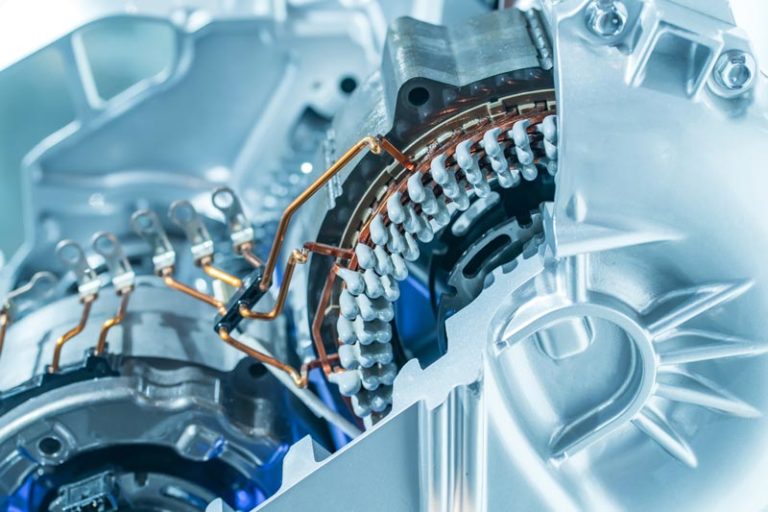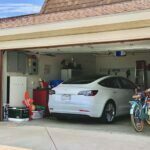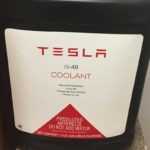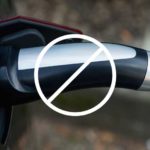Since announcing the 2012 Model S, Tesla has continued to lead the way in the electric vehicle niche with the practicality of its vehicles. In addition, the cars have some of the highest range in the industry, thanks, in no small part, to the drivetrain.
The Tesla drivetrain comprises components such as the battery pack, induction motor, charger, braking system, and more. The proprietary engineering that goes into these components is why Teslas offer more range and smoother performance than their peers.
The rest of the article will look at parts of the drivetrain and how they work. We’ll also look at engineering advancements in these parts, which have set Tesla models apart from the competition.
Core Components of the Tesla Drivetrain
A standard drivetrain features the transmission, driveshaft, axles, and wheels. It’s designed with around 200 parts to be used with the engine to propel the car forwards or backwards.
In contrast, the Tesla drivetrain has only 17 moving parts and works practically maintenance-free. This is down to the electronics and the software which maintain the car for you. To understand this better, let’s take a look at some of the key components of the Tesla drivetrain.
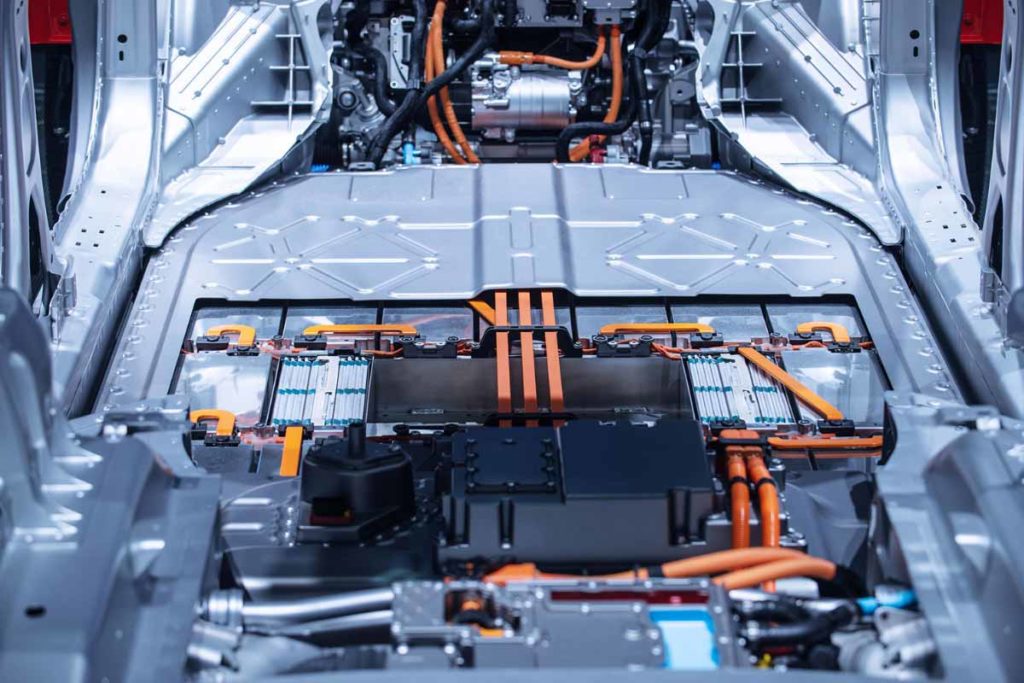
The Induction Motor
The induction motor used in Teslas relies on two major parts: the stator and the rotor. Combined, they produce direct rotational motion. The motor is lighter and smaller compared to what you’d get from a traditional motor. Compared to an internal combustion engine, the difference is significant.
Here’s a table for a quick comparison:
| Tesla | Internal Combustion Engines (ICE) | |
| Power output | 270 kilowatts | 140 kilowatts |
| Motor weight | 31.8 kg | 180 kg |
| Torque produced | 0-18,000 RPM | 2000-4000 RPM range |
| Transmission | Single-speed | Multi-speed |
The Braking System
In ICE vehicles, the kinetic energy which moves your car forward turns to dissipated heat when braking. Electric vehicles are now designed to capture the wasted energy and convert it to electrical energy used to recharge the EV’s batteries. Tesla EVs provide regenerative braking while maintaining practicality.
They provide the option of one-pedal driving, which allows you to lift your foot from the accelerator to come to a halt. Drivers who want a more conventional arrangement can use the low mode option, which allows you to brake as you would on a normal vehicle.
If you would like know exactly How Long Electric Car Motors Last, check out this related and helpful guide that I put together. I also discussed Synchronous vs. Induction or Asynchronous Motors.
Charging and Performance Components
Tesla’s obsession with its drivetrain is perhaps most visible here. Various models have been upgraded to deliver more miles between charges. The Model S and X have seen a ton of upgrades that have made them more efficient than ever.
For example, the models now have upgraded lubrication, cooling, and gear systems, pushing their efficiency to 93%.
The new V2 and V3 superchargers deliver up to 200 kW and can recharge your batteries 50% faster than older variants. The adaptive air suspension system delivers a cushioned, smoother feel while you’re out on the road.
The system is designed to adapt to the surface you’re driving and your general driving behavior.
The Battery Pack
The battery range is a huge point of consideration for intending EV buyers. Tesla has consistently pushed the limits in this area, making them the choice manufacturer for most customers in this market. It’s no surprise that 66% of new EV registrations in the US are Tesla products.
Tesla combines thousands of small lithium-ion batteries in 16 cells. They add glycol coolant between the cells to keep the batteries cool and ensure longevity.
How Tesla’s Drivetrain Sets it Apart From the Competition
Tesla is always looking for new ways to make its cars one of the most efficient in the industry. They are already succeeding at this in various ways. We look at some of them below:
Complete Access to the Entire Battery Pack
Compared to other manufacturers like Mercedes, Audi, and Toyota, Tesla owners have access to the battery pack’s full capacity. They don’t hold back some of the capacity in reserve to ensure “longevity.”
So, while models like the Audi e-Tron allow you to only use 86.5 kWh out of the 95.3 kWh-capacity available, Tesla allows you to use the complete capacity.
That would mean using 100.0 kWh on a Model S before the car grinds to a halt. You’ll get a “battery used up” warning when you’re 96-97% deep into the battery. To counter the faster battery degradation, Tesla offers a 100-150k-mile warranty on their batteries (with an eight-year limit).
Reduced Wastage Across the Drive Train
More focus on increasing the drive train efficiency has increased the range for most Tesla EVs. According to this report, Tesla has increased efficiency in the following ways:
- Model S motor efficiency has moved from 80% to 90%.
- The peak efficiency during EPA test cycles on the Model S is now 94%.
- The Tesla inverter in most models is now 97% efficient.
- The gearboxes in the motors have an electric oil pump which ensures efficiency by only spraying oil when necessary.
- The bearings and seals are now more efficient.
The company has perfected models where the energy is flowing in their vehicles which has helped them pinpoint inefficiencies. The problems are solved by either hardware tweaks or through OTA updates – sometimes, it’s both.
Existing customers aren’t left out of improvements because updates are pushed automatically to everyone instead of waiting for a refresh schedule, as is the case with other EV makers.
Supercharging Accessible to Everyone
Tesla beat other automakers to build a Supercharging network to keep the drivetrain adequately powered. The combination of the trip planner and the Supercharging network, featuring more than 1000 stations in the US, has given Tesla an advantage over other companies. Apart from availability, the system is easy to use.
Instead of the more common DC fast-charging ports, the company uses proprietary connections in these stations. The Supercharger will add 160 miles to a Model S in less than 15 minutes.
Here’s a look at what the Supercharging station looks like:
The Differences Between a Drivetrain and Powertrain
Powertrains and drivetrains are used interchangeably because they essentially have the same function: they generate kinetic energy needed to move your car. However, there’s a difference in how the power is created and distributed to your car.
The drivetrain provides the power you need to move your car’s wheels, while the powertrain encapsulates both the drivetrain and the motor. The drivetrain features a combination of parts that come together to move your car. The powertrain includes the engine. The distinction is more pronounced in internal combustible engine vehicles compared to EVs.
How To Maintain a Tesla Drivetrain
With so few moving parts in a Tesla drivetrain, maintenance is generally straightforward. Battery degradation is the first point of concern, but with eight years of warranty on most Tesla batteries, it will take a long time before you need to spend money on battery maintenance.
Tesla owners see a degradation of less than 10% after driving for 250,000 miles.
In the rare case that you’d need to pay for battery repair, the service guys will replace the bad cells in the battery pack. You can slow battery degradation by charging to 90% and topping up when you start to run low.
Away from the battery, the tires are the next parts of the drivetrain that require regular maintenance. Keep the tires within the recommended pressure to maintain efficiency and ensure longevity.
Finally, your brake pads will rarely need to be replaced over the vehicle’s lifespan, but it’s important to watch for malfunction as the car ages. Luckily,
Tesla’s are smart enough to check for such things, so the vehicle should warn you well in advance if the brake pads seem to be wearing faster than they should.
EV Speedy’s Take
Teslas are undoubtedly the future of electric vehicles, and you can’t deny that they’re setting the standard in terms of what these types of cars should be able to do.
That said, some owners argue that the costs of repairs and maintenance are high and that it can be difficult to not only find a shop to perform the repairs but also to find an appointment.
Check out these 20 great gift ideas for yourself or a Tesla fanboy.
Contact Us if you have any questions or queries.
